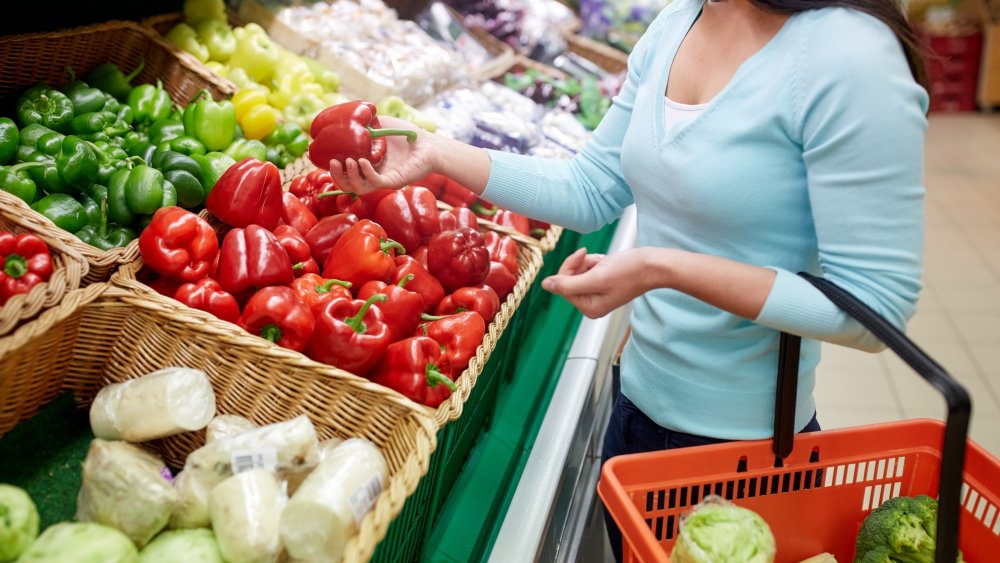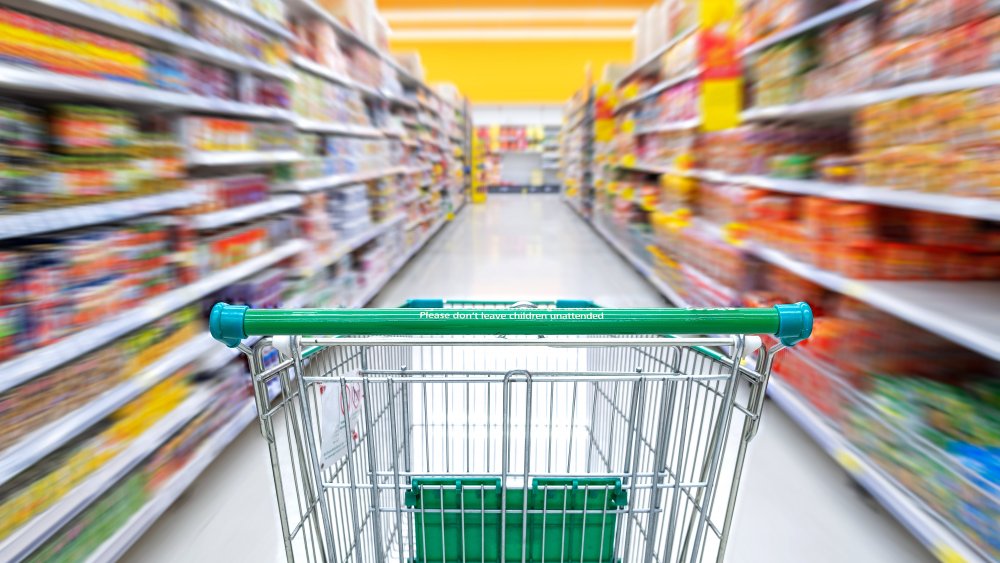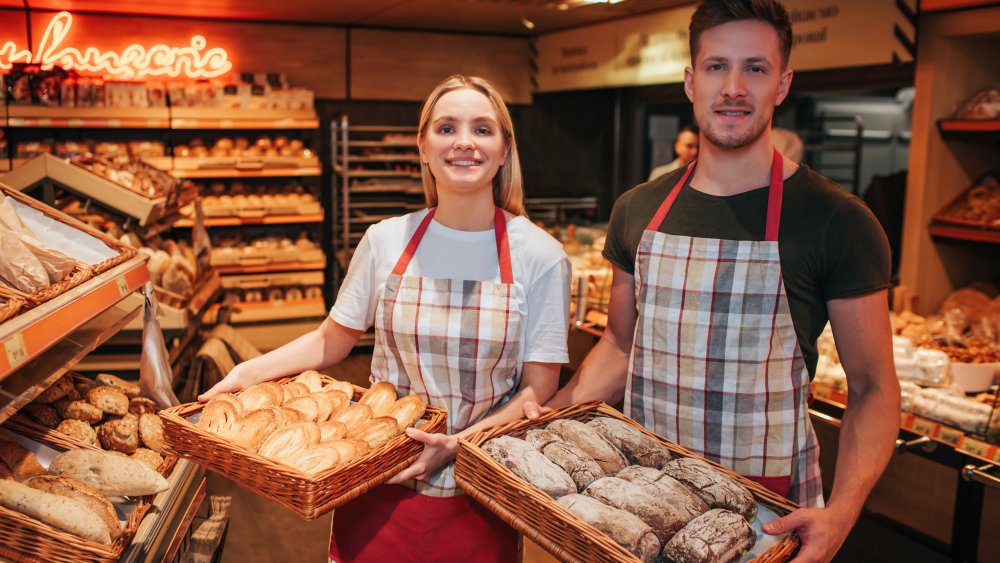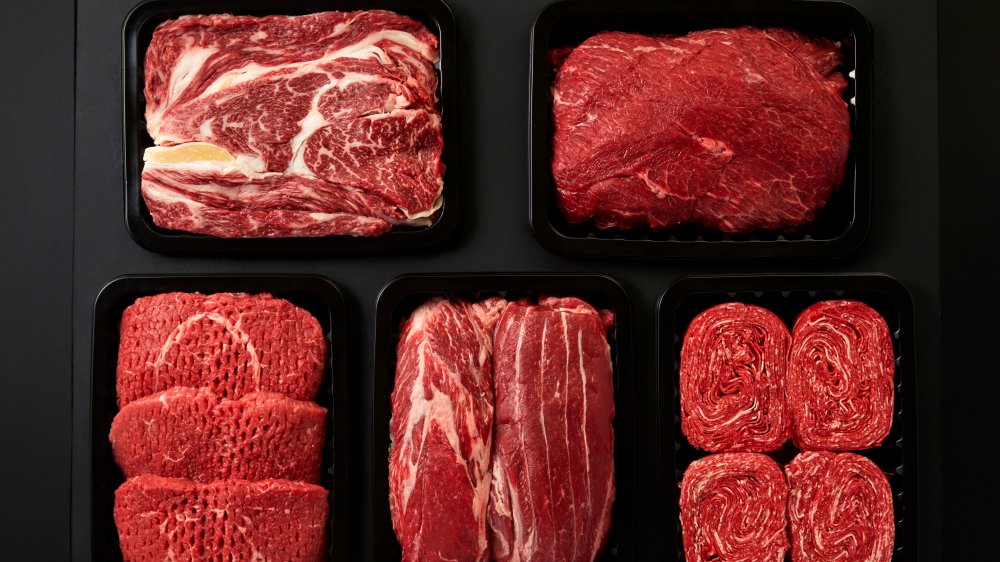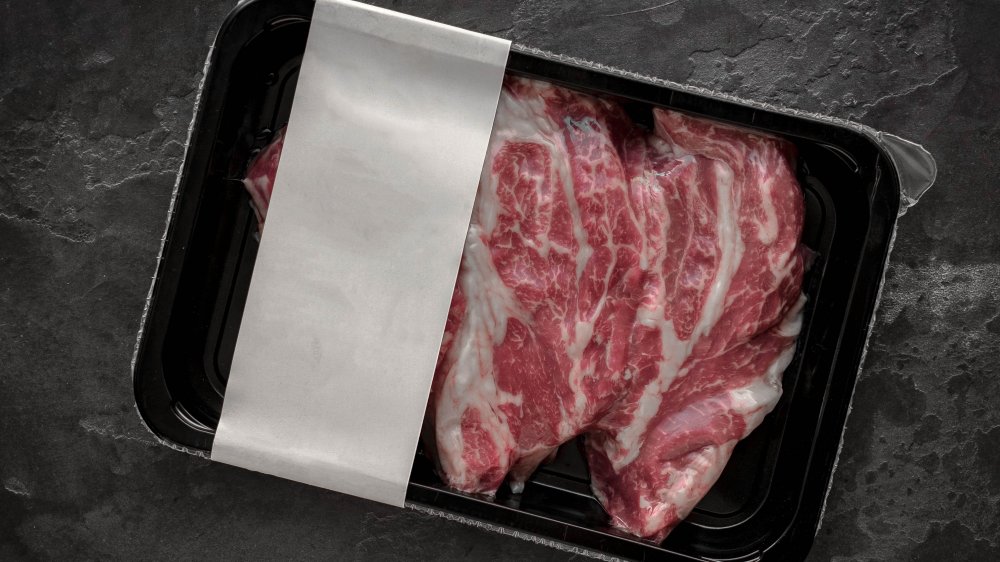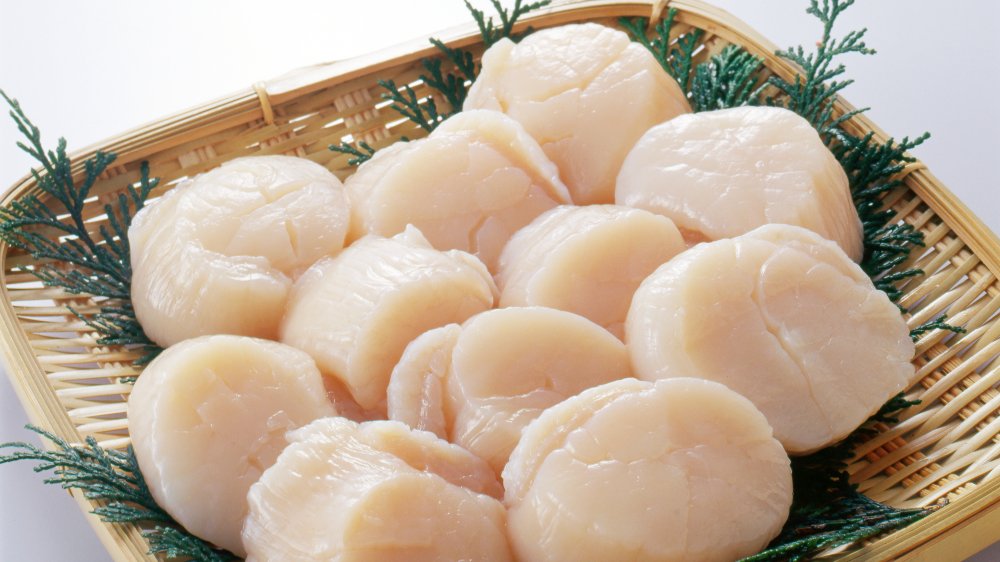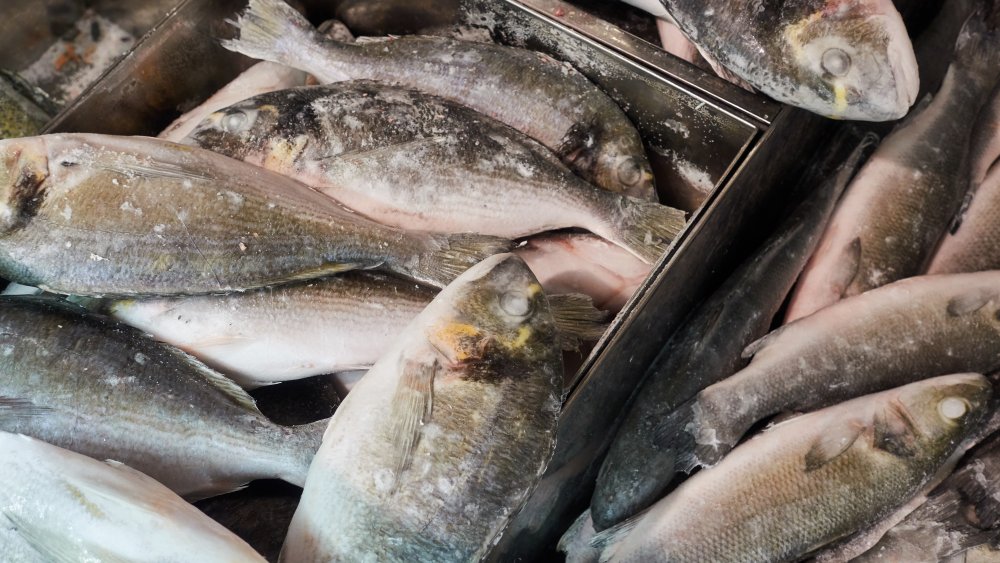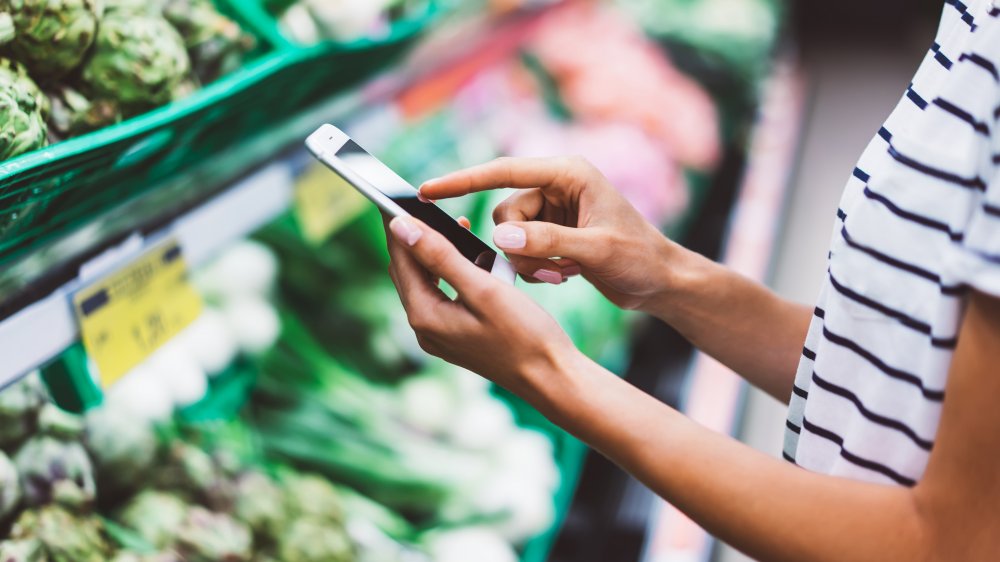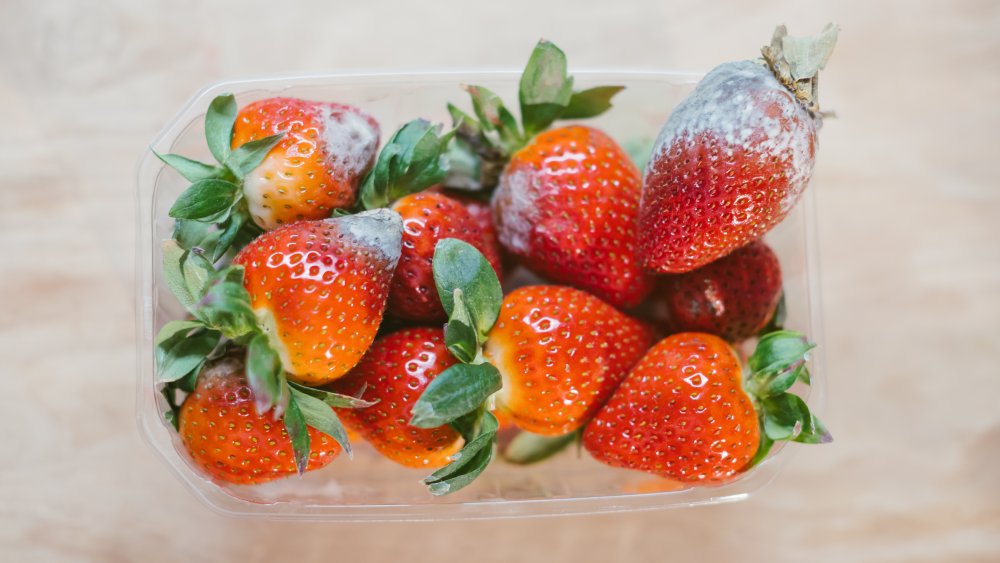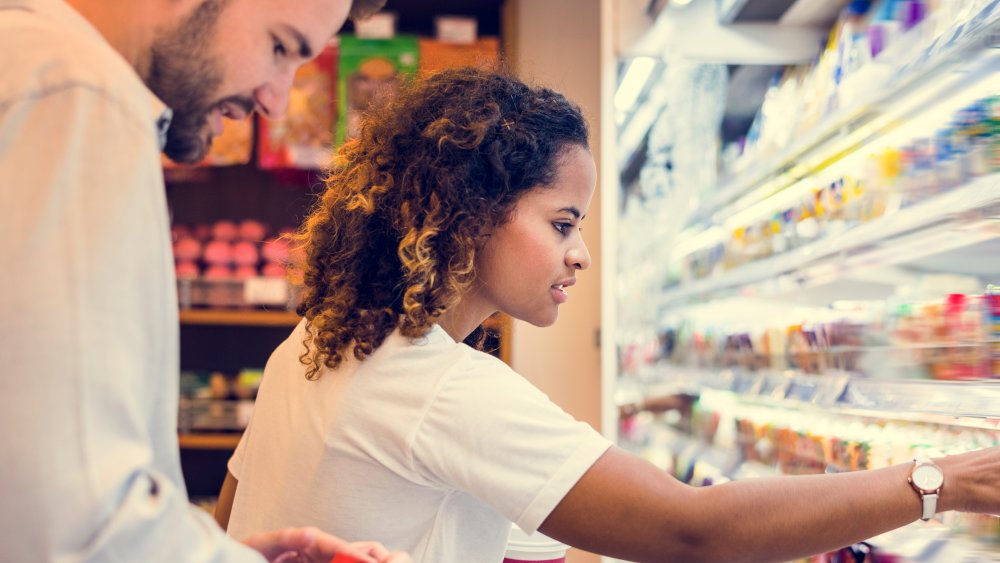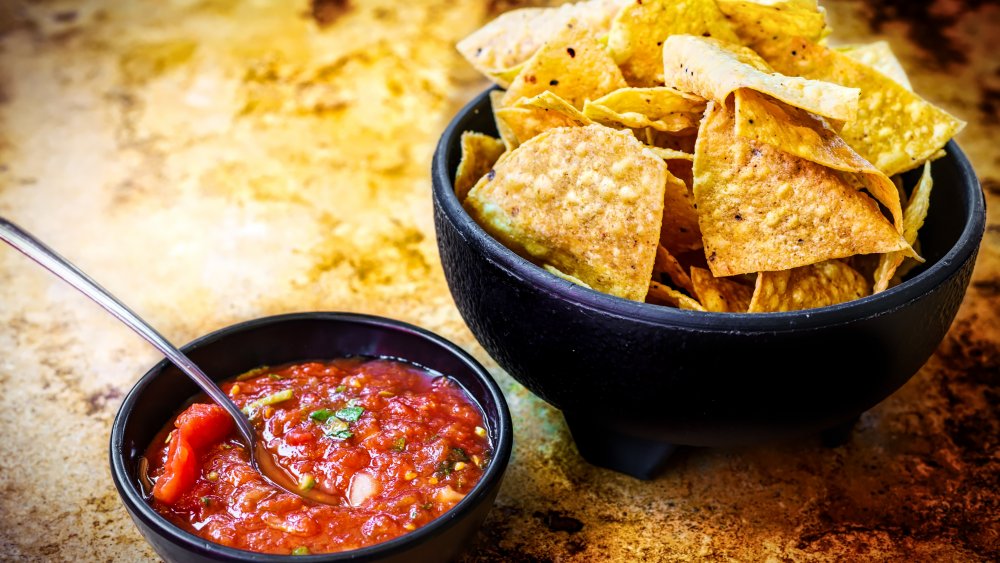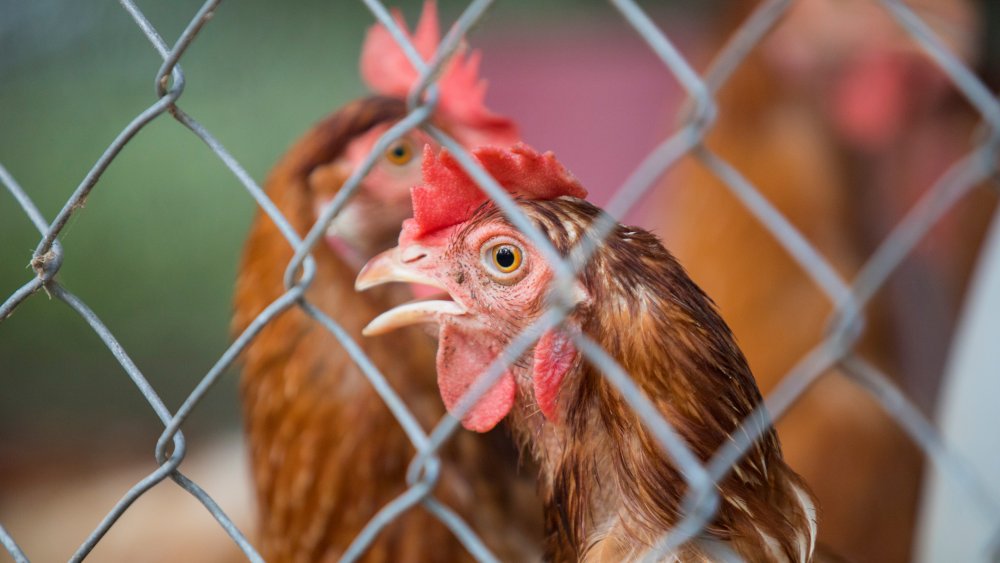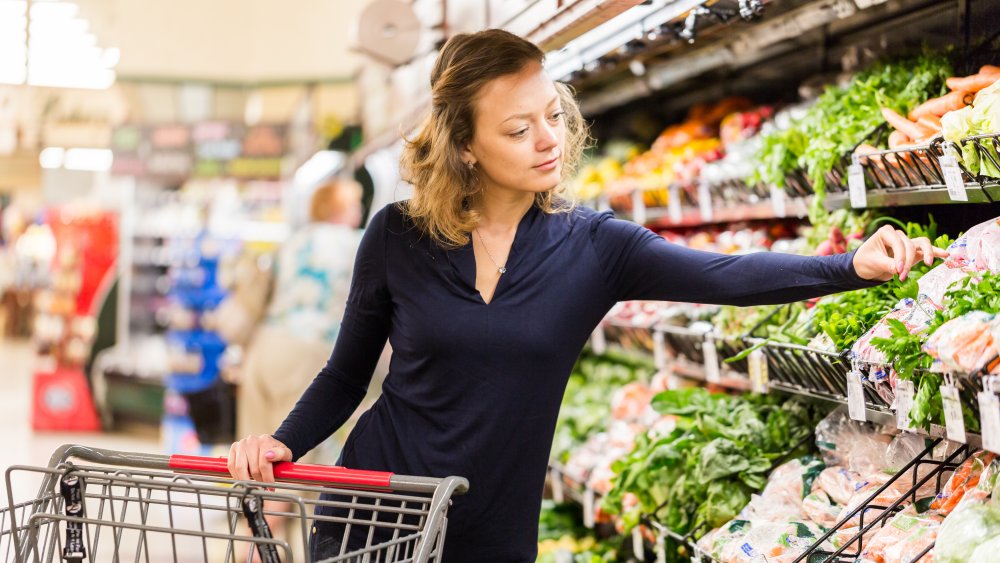Sneaky Ways Grocery Stores Are Scamming You
Having a regular grocery store schedule is one of the signs that you are a full-fledged adult. Whether you go once a week or once a month, the grocery is the go-to place to stock up on everything you need for the house and the family. Even if you hate going up and down the aisles as you check your list to make sure you get eggs and the special cookies your daughter asked for for her end-of-school-year class party, the grocery is a necessary evil. Everyone has to go there, so it should be a fair place to shop, right? Wrong.
Sure, the grocery store has pretty much all the stuff you need in terms of food, cleaning supplies, and greeting cards, but it also has plenty of tricks up its sleeves. From the way the aisles are laid out to the way its employees and manufacturers label products, everything inside a grocery store is deliberately designed to get the most money possible out of shoppers.
These are the sneaky ways grocery stores are scamming you.
Grocery stores are strategically designed to manipulate shoppers
According to a report by National Geographic, "We're all being manipulated by our grocery stores." Shoppers go in looking for one or two items and come out with a whole cartload of things they weren't even planning to buy.
While your first instinct may be to blame yourself for your inability to resist temptation, this is not entirely your fault. The report goes on to say that "Every feature of the store... is designed to lure us in, keep us there, and seduce us into spending money."
In many stores, you come in the door, and you can't go back out again until you go through the entire building and reach the exit door. Along the way, you first come to the produce department, where you are greeted with bright colors, fresh fruits and vegetables, and other things designed to make you hungry. The bakery is usually next, with the wafting scent of cookies and bread to make you even hungrier. The goal is to make you feel comforted and peaceful, and to lull you into staying a long time.
What's more, the things you need most, like the dairy department, are usually at the back of the store, forcing you to wade through aisles and aisles of temptations (and free samples) until you reach the thing you actually came for. Even the most iron-willed customers get led astray and end up paying more than they planned.
Most of the bakery items aren't made from scratch
One of the ways that grocery stores keep you moving into the store (and coming back again and again) is to invite you in with the lovely smell of baked goods. The bakery section is set up to display all of the same kinds of wonderful treats Grandma makes, and they lead you to believe that those treats are made with love from scratch. Unfortunately, the store bakers are not your grandma, and only a small portion (if any) of the cookies, cakes, and breads are actually fully made in-store.
According to a baker at Costco, the large majority of items in the grocery store bakery either come frozen or come from a mix. According to her post on Reddit, the artisan buns, bagels, baguettes, danishes, strudels, apple pies, croissants, cookies, tiramisu, and several other favorites are delivered to the store in a freezer truck, already made. They are sometimes then heated up to finish baking, and put on the counter so they make that lovely fresh-baked smell, even if that smell is totally a lie.
Most cakes, custard pies, dinner rolls, and muffins come in a mix a lot like Betty Crocker and are made on-site as well. Before you get too disappointed, though, there are a few things Costco bakers really do make from scratch. Multigrain bread, rosemary bread, garlic bread, pumpkin, cherry, pecan, and lemon meringue pies, granola, and granola nut bread are all genuinely made in the store.
Some grocery stores mislabel meat to raise prices
In a move that HowStuffWorks.com refers to as "blatantly shady," grocery stores often put the wrong labels on meat packages. "But that could be an honest mistake, right?" you wonder. We wish we could tell you otherwise, but the fact of the matter is that multiple grocery stores have been caught doing a "bait-and-switch," meaning that they label the weight of the meat with a higher number than the scale actually reads.
While just plain lying about the weight is one way to do it, there are some even sneakier ways that employees go about this. One of them is to weigh, not just the meat, but the package it is sitting in too, causing the whole thing to ring up at a higher price (so you're paying for the package as well as the meat, which you shouldn't be). They may also cover the meat in ice to tack on a few extra cents, which may seem like chump change at first, but not after you realize they are doing it to hundreds of customers per day.
They add water to meat and produce to charge you more
Another sneaky way that stores charge you more for meat is by packing it in a "water solution." The labels on the products or the big signs around the meat counter may claim that the water solution helps to give the meat a fuller, better taste, but this is baloney. Water is pretty much free for the grocery store, so they can put however much they want of it into meat packages to raise the weight of said package without spending a dime. The higher the number on the scale, the higher they can jack up the prices.
Grocery stores use this same trick when it comes to produce. While the first benefit of spraying the produce with water periodically is that it keeps it looking fresh and inviting (even if it sometimes isn't), the second, more important benefit is that the wetter the fruits and vegetables are, the most they cost the consumer. According to Taste of Home magazine, this scam can raise the price of pay-per-pound produce by up to 25 percent.
Grocery store scallops could be mostly water too
Are you noticing a trend? When it comes to scamming customers, water is the best weapon in a grocery store's arsenal. So many things are priced based on weight, so it makes sense that adding more weight is a great way to hike up prices.
Scallops are another tricky food you have to watch out for. According to Boston.com, some scallops sold in grocery stores are comprised of a ridiculous 85 percent water — sometimes more!
Scallops are already a pricey item, coming in at $15 per pound in some stores, but "customers routinely pay for excess water when they buy the shellfish." An investigation carried out by the Boston Globe took a look at moisture levels in scallops from 21 supermarkets in the state of Massachusetts and found that even so-called "pure," unprocessed scallops "contained water levels far exceeding industry standards."
Scallops naturally contain quite a lot of water — around 75 percent in some cases — but some brands added even more water. To make things worse, some grocery store scallops proved to have 40 percent less meat than scallops freshly harvested from the ocean, meaning that something very fishy is going on here.
Grocery stores sneakily swap out one type of fish for another
According to State Attorney General Barbara Underwood, "It's clear that seafood fraud isn't just a fluke — it's rampant across New York." While the term "seafood fraud" might sound like a goofy crime in a children's cartoon, it is actually very serious, and takes place all over the country. People are scammed out of fish — much of it very expensive fish — when the distributor swaps out one fish for another, less costly type of fish.
This is best explained by an example from Forbes. According to them, it's not uncommon to walk into a store and order a high-quality white fish, like red snapper, which they say can cost $23 or more per pound. Since most white fish looks pretty similar after it's trimmed into filets, stores (and restaurants) can sell you almost anything and call it something else, and they often do. There's a good chance you're not getting that $23 red snapper. Instead, it might be tilefish, tilapia, or something else — and worse, it's likely something that only costs $2-3 per pound.
And guess who gets all the extra money earned from this underhanded transaction? That's right, the grocery store and the fish distributors. The article goes on to say that with red snapper in particular, this bait-and-switch happens an astonishing 90 percent of the time, all because the customer isn't a fish expert and can't tell one white fish from another.
Grocery stores make it difficult to compare prices
The best way to combat grocery store scams is to be a savvy consumer. You have to know how to compare prices and how to get the best deal based on the units contained in the package you are buying, not just the number on the price tag. Unfortunately, grocery stores are ready for this. They make deciphering the difference between differently priced products extremely difficult by mixing up the units of measurements on the labels.
HowStuffWorks.com gives the example of ice cream — while some ice creams are labeled by the ounce ounce, others are labeled per pint or per quart. This makes it almost impossible to understand if one quart of ice cream should be cheaper, more expensive, or the same price as one that contains "x" amount of pints.
The best way to get around this is to keep being a smart customer. It takes some time, but if you really want to avoid getting scammed, you should bring a unit conversion chart with you (or look one up on your phone) so you can be more informed about how much you're getting in each package. Don't worry about looking nerdy — anyone who laughs is just jealous that you're the one customer in the store that isn't getting bamboozled!
Grocery stores hide rotten or damaged food
Have you ever bought a bag of potatoes at the store, only to get home and find that half of them were rotten? Or maybe you bought some grapes and found out later that the ones at the bottom of the bag or box were squished or going bad? Or that the meat you bought was a lot more fatty than it appeared under the lights of the meat department? This is no accident.
Although a better practice would be to donate, discount, or even just throw away "flawed foods," there is no money to be made that way. So, instead, grocery stores sometimes purposely arrange foods so that the flaws, blemishes, or rotting bits are hidden among the good stuff so you don't see it until it's too late.
You can always bring the bad food back to the store for a refund, of course, but grocery stores are counting on their shoppers being too lazy to do that. Driving all the way back to the store and standing in line at the returns desk is too big of a hassle, so why even bother, right? That's the kind of thinking that lets the grocery stores take advantage of you.
Grocery stores put the most expensive items at eye level so you see them first
Another clever way that grocery stores are able to weasel more money out of their customers is to stick to the phrase "eye level is buy level." This means that basically the thing you see first and most easily — the thing at eye level — is the thing you will buy. No one wants to bend down or reach over or stretch for something, so they are subconsciously more inclined to buy the things that are right in front of their face.
For this reason, grocery stores (and most other stores) place the highest-priced items exactly where you will see them first: eye level. If you find what you're looking for right there, chances are you won't spend time looking for something with a better price. By their nature, humans are somewhat "lazy," and grocery stores use this to their advantage. If you want to be a savvy shopper, you have to be actively aware of your surroundings, and the fact that the store shelves may be manipulating you.
The chips and salsa are together for a reason
Have you ever wondered why most things in the grocery store like meat and eggs and dairy each have their own section, but things like tortilla chips and salsa are stocked side by side? The same could be true of pie and whipped cream, or of bacon and hash browns. Usually, like goes with like when it comes to stocking, but not when the store wants to push you to buy certain items.
The average customer might see a bag of tortilla chips and think "these would go great with salsa." Then, what just so happens to be sitting on the shelf right next to the chips? You got it! A little display full of salsa. The only problem is, this salsa is the premium brand, and it isn't on sale. But the pure convenience of these two items being side by side makes you grab that salsa anyway, completely ignoring the fact that there might be a better, less expensive salsa for sale on the other side of the store.
"Cage-free" eggs are a lie
Words like "organic" and "cage-free" are trending at the moment, making you feel morally obligated to make better choices at the grocery store. When it comes to buying eggs, your moral compass probably points you in the direction of the "cage-free" eggs, but we're sorry to tell you that this label is often a lie.
According to the Observer, buying eggs with a label that says "cage-free" isn't helping to protect any of our fine feathered friends. According to them, "While the hens that produce eggs labeled cage-free aren't technically locked in tiny cages, they might as well be." The only requirement for chickens to be considered "cage-free" is for there to be one square foot of space per chicken — which isn't much.
It is commendable to want to promote better living conditions for the chickens that provide the eggs you buy, but buying bogus cage-free eggs isn't the way to do it — and it's not worth the extra price you pay to grocery stores.
Grocery store "organic" food is not always organic
Perhaps the biggest grocery store scam of all is labeling produce and other items as "organic." People want organic items because they are free of pesticides and harmful chemicals. The only issue, though, is that there is no way to tell if something is really organic or not by just looking at it — and chances are high that it's not.
According to the Washington Post (via Forbes), there was evidence of falsely labeled organic soybeans and corn found in in 2017. According to them, a 36 million ton shipment of soybeans was suddenly labeled organic when it arrived in the U.S., making it worth millions more — though those soybeans were actually full of pesticides and other chemicals (so, in no way organic at all). These items and items like them make up a significant percentage of imported goods, and these are just the ones we know about.
But the scandal doesn't stop there. This "organic" corn and soybeans are fed to animals, who are then later sold as having been raised "organically" as well. So now not only is the produce not organic, but the meat isn't either. It is extremely difficult to know whether items are really, truly organic without a scientific examination, which kind of undermines the entire movement toward being more healthy and environmentally friendly.
Forbes suggests being diligent about checking labels and buying items that are produced domestically, because they are more closely monitored for quality and legitimacy.
